THE fall 2023 World Language Teacher Summit MASTERCLASS SESSIONS
The Fall 2023 World Language Teacher Summit All-Access Pass gives you permanent access to all 29 sessions, full PDF transcripts and on-the-go audio MP3 files for each presentation. Plus $1,190 in exclusive bonuses and your PD Certificate.
Click to Open/Close ▼
DAY 1 SESSIONS

UnBleach Your Curriculum in Your Spanish Classroom
by Jenniffer Whyte
In this session, Jenniffer shares her experience and insights, addressing pressing issues such as bias, representation, and inclusivity. She encourages self-reflection and challenges the assumptions and stereotypes that can hinder progress in education. From examining media portrayals to shifting classroom resources, Jenniffer urges us to broaden our perspectives and create a more diverse and equitable learning environment. Jenniffer's passionate and thought-provoking presentation aims to ignite change and inspire us to dismantle the barriers that still exist within our classrooms.
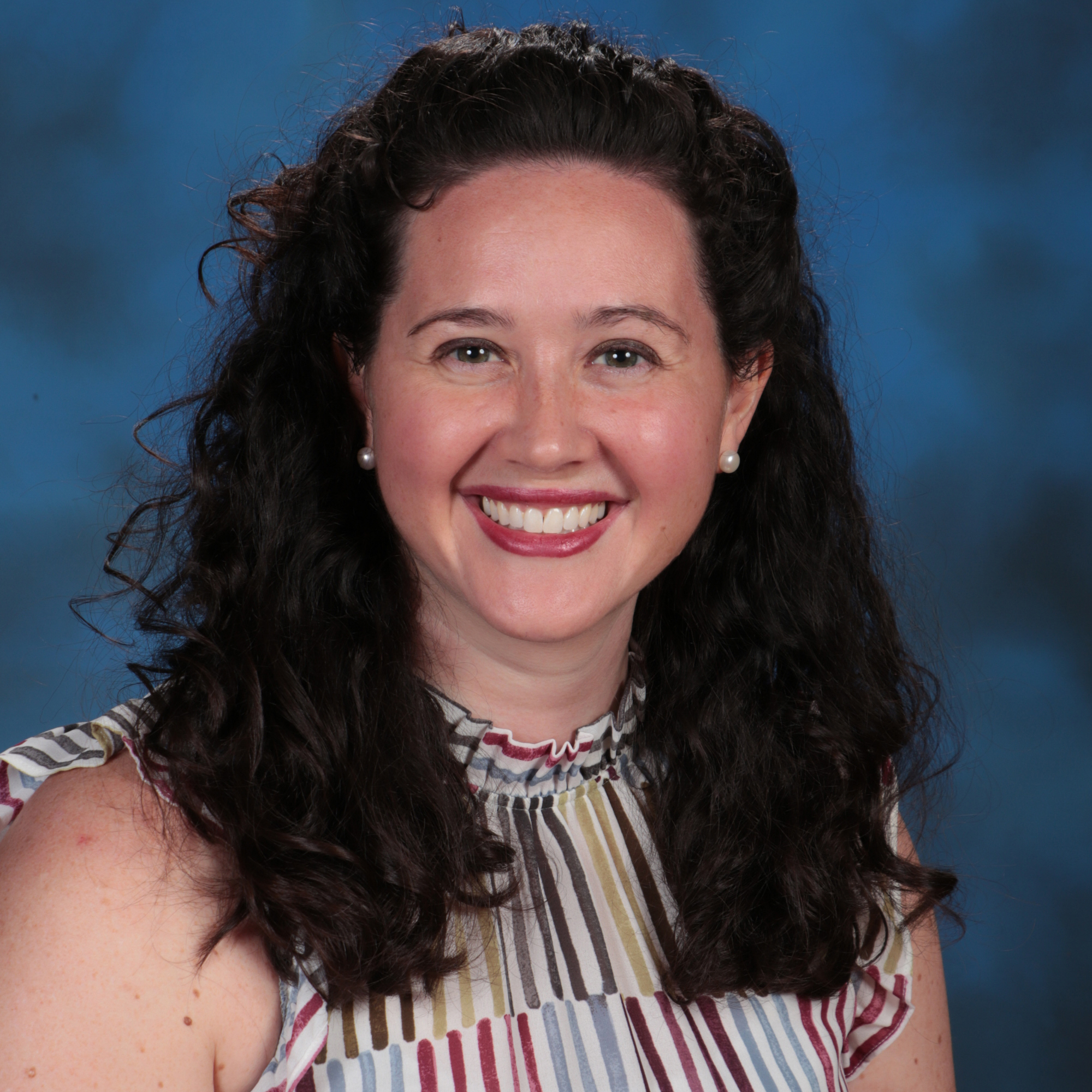
Reimagine Unit Design: 5E Model of Instruction & 21st Century Skills
by Chelsea Lawrence
In this session, Chelsea introduces us to a new way to look at our unit design and planning. She walks us through every step of the process of the 5Es Model: Engage, Explore, Explain, Evaluate and Elaborate and tells us why we should also consider 21st century skills and Bloom’s Taxonomy. In addition, she shares lots of useful resources to create engaging lessons and motivate your students.
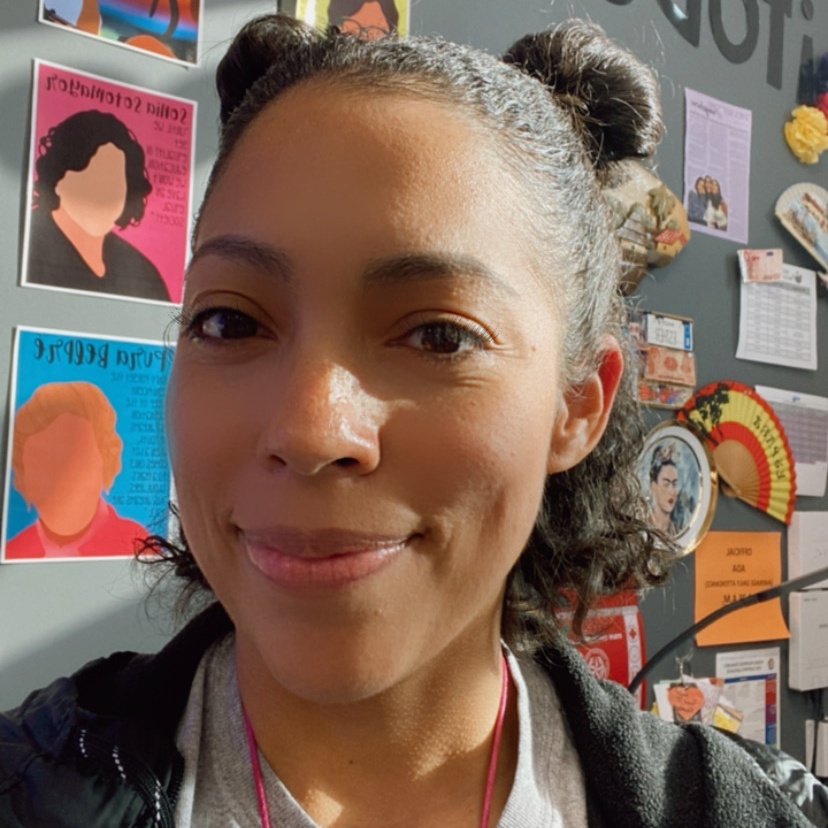
A Simple Roadmap to Creating a Student-Led Event with Sub-committees
by Esther Galo
In this presentation, Esther Galo will be sharing her expertise on how to create a student-led event with sub-committees. Esther takes us on a simple roadmap, providing step-by-step guidance on building positive relationships with students and fostering their involvement in planning and organizing events. She emphasizes the importance of tailoring the process to the specific circumstances of your school and engaging with key stakeholders. From obtaining approvals to forming subcommittees, Esther covers it all.
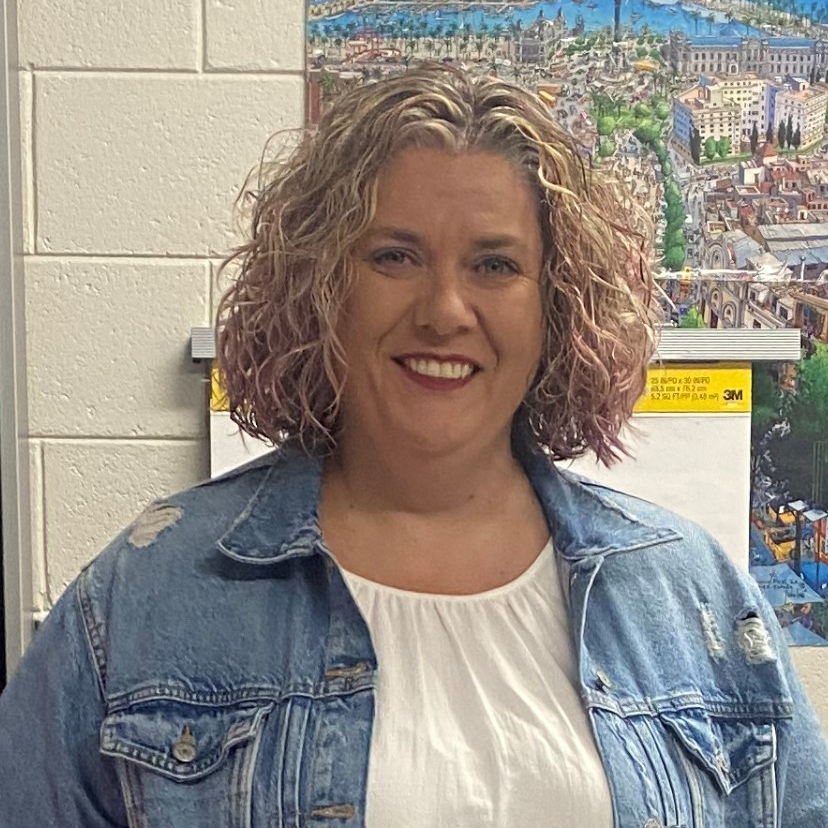
Going Grade-less
by Jennifer Carter
In this session, Jennifer Carter will share her experience of going gradeless in the classroom. With the onset of COVID-19, Jennifer's principal recognized the need to address the social-emotional stressors and academic gaps that students were facing. Inspired by books such as "Ungraded" and "The Standards-Based Classroom," Jennifer embarked on a journey to engage her disengaged students and create a meaningful learning environment.

Meet Them Where They Are: Differentiation for the Post-Pandemic Learner
by Elisa Kirschhoffer and Maureen Lamb
In this session, Elisa and Maureen share their insights on meeting students where they are and tailoring instruction to their individual needs. They stress the importance of leveraging authentic resources and offer practical suggestions for differentiation that can be applied to various proficiency levels. Get ready to explore the world of differentiation as Elisa and Maureen provide examples, resources, and strategies for enhancing literacy skills in the language classroom. From assessment tasks and conversation scripts to proficiency rubrics and engaging activities.
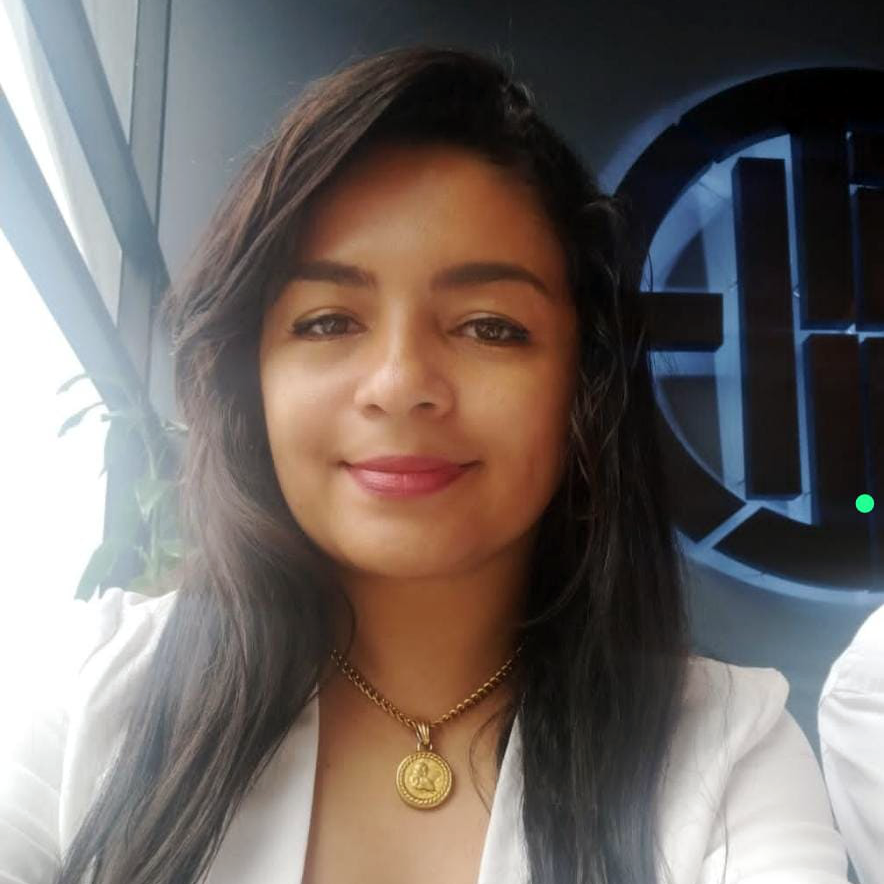
Practical Activities to Engage Language Students
by Fanest Coronado
Discover how to integrate AI activities into your classrooms and transform language learning into an immersive and practical experience. The session will cover various topics, including brain adaptation and cultural exploration, ensuring students engage deeply with the language. Teachers will learn about recommended resources and specific activities that leverage AI tools to enhance language acquisition.
Click to Open/Close ▼
DAY 2 SESSIONS
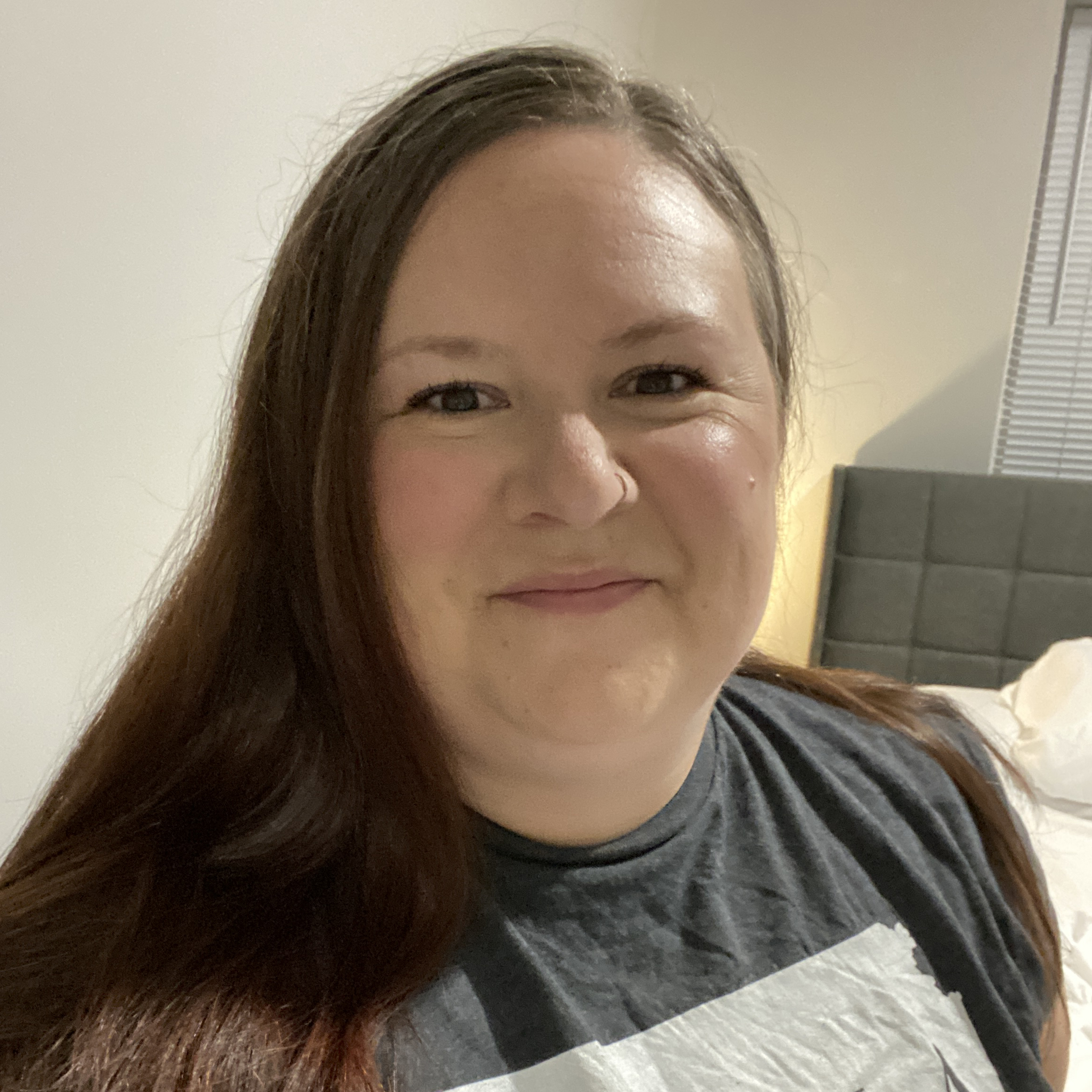
Literature Circles in the World Language Classroom
by Amanda Williams
In this session, Amanda, shares her insights on using literature circles to enhance language development and build literacy skills in students. She highlights the benefits of incorporating literature circles, including improved comprehension and writing skills, increased motivation and responsibility, and enhanced oral proficiency. Amanda takes us through the step-by-step process of implementing literature circles, from selecting appropriate book options for students to planning the day-to-day activities in the classroom.

Storytelling in the Language Classroom
by Andrea Olatunji
In this session, we will explore the power of storytelling and why it is a vital tool for language education. From fostering a safe and welcoming environment to facilitating conversations and enhancing intercultural understanding, storytelling offers numerous benefits in the classroom. Learn how to choose the right stories that are age and level appropriate, and explore practical strategies to effectively incorporate stories into your curriculum. Through examples and guidance, you'll discover how to harness the power of stories to ignite your students' enthusiasm and encourage language acquisition.

Using Picture Talk for Engaging Comprehensible Input in Spanish Class
by Eliana Peñaranda
In this session, Eliana takes us on a journey of how she transitioned from traditional teaching methods to using comprehensible input in her classroom. Picture Talk, as she explains, is a simple yet effective technique that uses images to spark class discussions and deliver engaging and comprehensible input. Eliana dives deep into the magic of Picture Talk and shares how this technique can be used to scaffold learning, reinforce vocabulary, and improve class participation.

A Recipe for Writing: Getting Students Excited about Writing (And Sharing) in the Target Language!
by Eric Richards
Eric teaches us how to use stories and readings as a scaffold/crutch to help students write better. He has the recipe that makes writing in the target language compelling, creative, and engaging. Find out how to get more repetition of the language/structures through writing and getting all the benefits of reading at the same time!

Designing In-Class Flips for Student-Centered Learning
by Martha Ramírez
In this session, Martha shares her insights on how to design in-class Flips for student-centered learning. Understand what it means to "Flip" in education and what content can be flipped in the classroom. Learn the two types of in-class Flips: flipping outside of class and flipping inside the class. Through engaging examples and practical tips, Martha will demonstrate how teachers can effectively implement in-class Flips in various contexts, be it face-to-face or virtual settings.
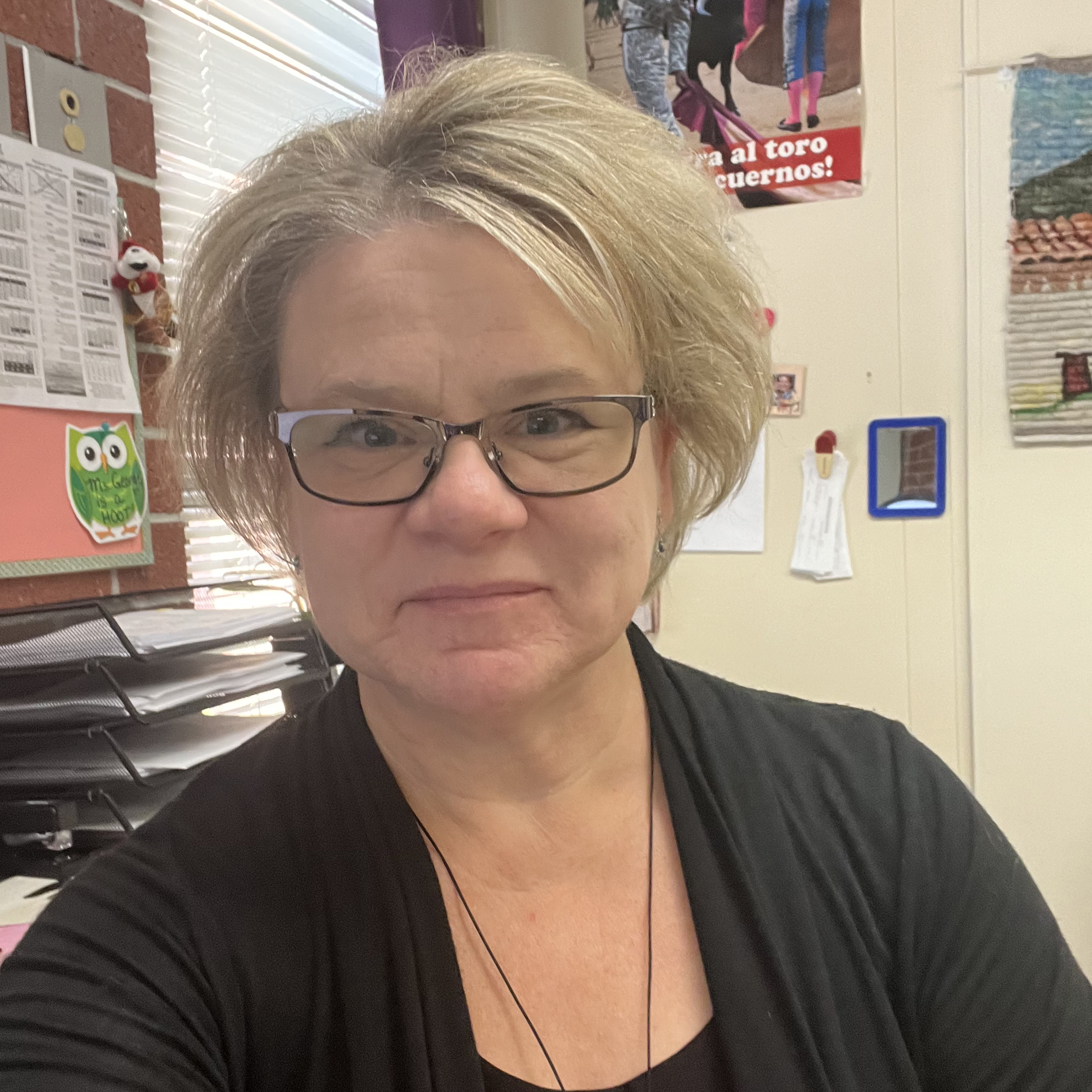
Sustained Reading in the World Language Classroom
by Dawn George
Dawn begins this presentation by discussing the three essential benefits of sustained reading: improved vocabulary and grammar, enhanced fluency, and a sense of success for students. With almost two decades of experience implementing sustained reading in her own classrooms, Dawn provides valuable insights on what sustained reading is and what it is not.
Click to Open/Close ▼
DAY 3 SESSIONS

Classroom Routines
by Allison Wienhold
In this presentation, Allison shares her expertise in creating effective routines that save time, engage students, and promote relaxation. From using projected slides to batch planning and incorporating authentic music videos, she provides valuable insights and practical tips to make your classroom run smoother. So get ready to learn how to establish routines that not only optimize learning but also create a positive and enjoyable environment.

Gallery Walk in the Language Class: All About Student Engagement
by Claudia Elliott
Explore the fascinating concept of Gallery Walk in the language class! Claudia shares some incredible insights on how this innovative approach can transform student engagement and learning in any subject and grade level. We'll learn how minimal preparation and the use of technology can create endless possibilities for interactive and immersive learning experiences. From replacing class presentations and worksheets to incorporating creative projects, Claudia provides practical tips and strategies that will inspire you to implement Gallery Walk in your own classroom.

10 Easy Ways to Support Heritage Speakers in Your Classroom
by Kristin Montgomery
In this session, Kristin shares a diverse range of easy-to-implement techniques that will leave you inspired and ready to make a difference in your classroom. She will delve into strategies for affirming the identities and languages of heritage speakers, embracing linguistic variations, and fostering a profound sense of belonging. Discover how simple changes in your teaching approach can have a profound impact on the experiences of heritage speakers.

Cultural Comprehensible Input
by Rebecca Balus
Rebecca shares a creative way to awaken your students’ interest in the culture of Spanish-speaking countries, such as their geography, gastronomy, architecture, and so much more! Using the AVID reading strategy, even lower-level students can understand a text and notice their progress from class to class. Your students will feel the benefits of learning a new language with this engaging and motivating activity.

Creative Ways to Reach Apathetic Students Leading Them to Near-Native Fluency for Elementary, Middle, and High School
by Trisha McMurray
In this presentation, Trisha explores the challenges faced by language teachers when dealing with apathetic students and offers innovative strategies to engage and motivate them towards near native fluency. Drawing upon her own personal experiences and diverse cultural influences, Trisha shares valuable insights on building classroom culture and student confidence.
Throughout the session, Trisha highlights the importance of understanding individual identities and leveraging student interests to create a supportive learning environment. She delves into specific techniques for different grade levels, from using children's books to explore Spanish-speaking countries in elementary school, to incorporating music and songs from diverse cultures in middle and high school.

How to Get Students to Speak in the Target Language
by Rachel Lucas
With an extensive experience in teaching and technology integration, Rachel shares her insights, tips, and strategies for creating an engaging classroom environment that encourages students to communicate in the language they are learning. From the importance of providing ample input to the effective use of tech tools like FlipGrid, GimKit, and Seesaw, Rachel offers practical advice for fostering speaking skills in students of all ages. Dive deep into this transformative topic and discover how to empower our students to become confident speakers in the target language.
Click to Open/Close ▼
DAY 4 SESSIONS
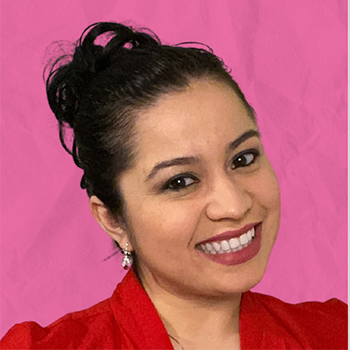
AI Tools Language Teachers Must Try
by Bertha Delgadillo
In this presentation, Bertha discusses the practical application of AI-generated lesson plans and writing prompts to streamline teaching efforts. She highlights their potential as time-saving tools and emphasizes the flexibility for teachers to customize and fine-tune these resources. Additionally, Bertha introduces a valuable, free tool designed to support learners, especially those with individualized education plans (IEPs), in developing social-emotional learning and decision-making skills. Lastly, Bertha explores the use of brain breaks as efficient and effective tools for optimizing the language teaching and learning experience.

Artificial Intelligence - New Era Technology for Use in the WL Classroom
by Christopher Dabb
In this session, Christopher shares his insights on how AI technology can enhance teaching and learning experiences. From creating specific prompts for language activities to generating lesson plans and even writing stories, AI is revolutionizing the way educators approach language education. Explore the possibilities and discuss the benefits and challenges of integrating AI into the WL curriculum.

Taking the Technology Turn: Integrating Artificial Intelligence into World Language Classrooms
by Dr. Jerry L. Parker
In this session, Dr. Jerry L. Parker discusses the integration of artificial intelligence into world language classrooms. He shares valuable insights on how technology can enhance language instruction, focusing specifically on the use of AI software such as Chat GPT and Bard. Discover that AI technology can provide valuable resources and support for language teachers. From generating detailed lesson plans to creating engaging student activities, these AI tools have the potential to revolutionize the way we approach language education. Finally, Dr. Parker addresses common concerns and misconceptions about artificial intelligence in education. While some may be hesitant about this new technological frontier, Dr. Parker provides practical examples and encourages educators to embrace the benefits that AI can bring to language instruction.

Possibilities and Practicalities of ChatGPT in Language Teaching and Learning
by Joe Dale
Joe encourages us to embrace ChatGPT and take advantage of this game-changing tool to generate resources for our language classes. He shows a variety of practical things we can do with the help of ChatGPT and some web extensions like voice control, clozeit, and canned replies, among others. From creating entire lesson plans to proofreading students’ texts or practicing your conversation skills, you will surely take away great ideas to implement in your classroom while saving time!
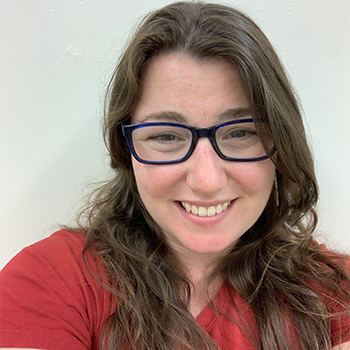
AI for CI: Student Edition
by Maureen Lamb
In this session, Maureen dives into the importance of encouraging students to believe in their own voice and not rely on external solutions. But how do we gauge their feelings and provide effective feedback? Maureen shares her strategies, including frequent check-ins and three simple questions for student reflections. She explores the fascinating world of Perplexity, a free AI tool that helps students find answers and learn media literacy. She also discusses the challenges of grading, overcoming perfectionism, and the power of creating a safe learning environment.

AI for CI: Teacher Edition
by Maureen Lamb
In this session, Maureen delves into the fascinating ways in which artificial intelligence can enhance the teaching experience. She shares concrete examples and useful tools that educators can utilize to harness the power of AI. From generating engaging lesson plans to creating interactive learning opportunities, AI has the potential to revolutionize classroom practices. Discover the possibilities and discuss the evolving landscape of AI in education.
Click to Open/Close ▼
DAY 5 SESSIONS

Project-Based Learning in Language Acquisition
by Meera Acharekar
In this session, Meera will discuss the objectives of project-based learning, driving questions, and the benefits of this approach. From developing critical thinking skills to fostering collaboration and curiosity, project-based learning engages students and helps them become leaders of their own learning. She will also share examples of activities she uses in her classroom, such as designing a dream house and exploring pocket money.
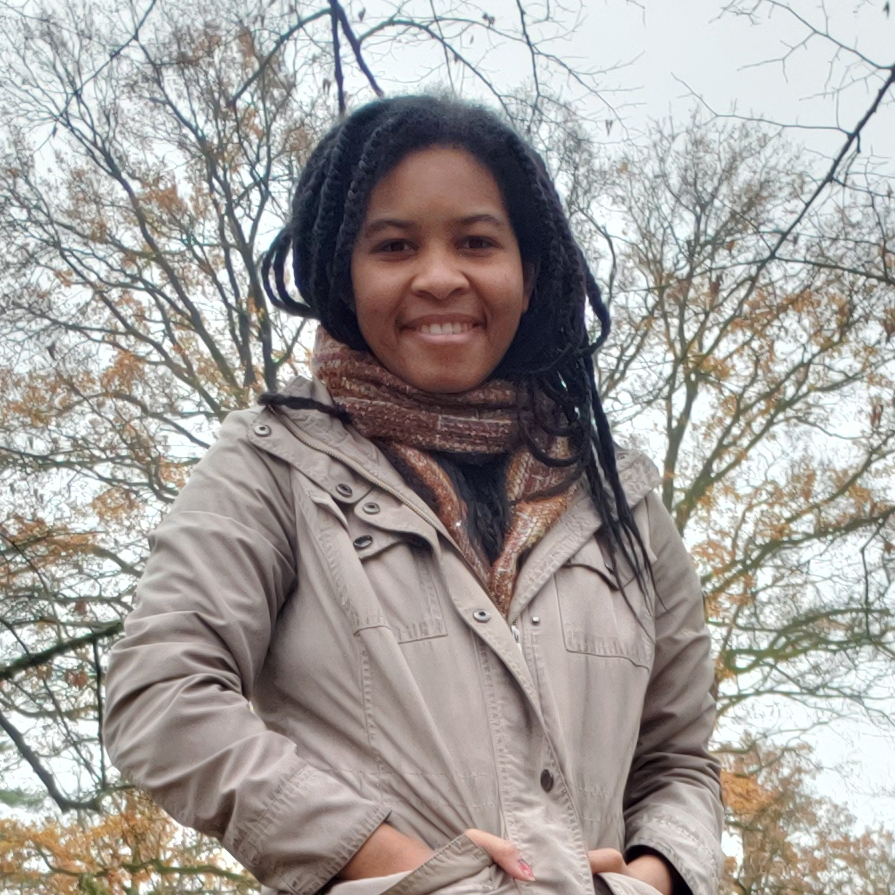
Mistakes Foreign Language Teachers Make
by Jazz Cole
Have you ever heard this phrase: “I took 2 years of language at high school and I don’t remember any of it”? If you want to be a great teacher and you don’t want your students to feel frustrated in future you should check this session out. Find out how to avoid the common mistakes language teachers make and what to do instead.
As a private tutor of Spanish, French and English, Jazz faces the problems of traditional teaching and the typical mistakes made by language teachers on a daily basis. Jazz applies the methodology “Learn as you go” to her classes because she believes students should be able to learn the target language and apply it in real life contexts in order to keep it.

Learning Spanish Through Latin American Women's Voices
by Adriana Ramírez
In this presentation, Adriana shares insightful strategies for engaging language learners, such as utilizing discussions and comprehension questions, as well as the importance of personalized questions and deepening understanding. We'll dive into her collection of books, centered around inspiring Latin American women, and learn about the process of writing language learner literature.

Getting Started with Differentiation in the Language Class
by Lynda Taylor
In this session, Lynda will share her insights on how to get started with differentiation, explaining the key components of teaching in a language class: content, process, and product. She will dive into practical strategies, such as providing scaffolding techniques in reading comprehension, utilizing workstations for group activities, and understanding the diverse learning styles and characters of students.

Balancing Your Life: Aiming for Work-Life Balance
by Ruth Valle
If you find yourself working during the weekends, holidays or even vacation, and you still think you are not good enough, or that your students may not perform well on their course test/AP exams if you don’t offer excellent lessons, this session is just what you need! Ruth used to be like that, until she changed and discovered her new passion: trekking the “Camino de Santiago”. Here she motivates us to find ways to work less and live more!
get your ALL-ACCESS pass with permanent access to all 29 sessions plus your pD certificate
© 2025 World Language Teacher Summit All rights reserved. Curated by Speaking Latino and Language Babel.
